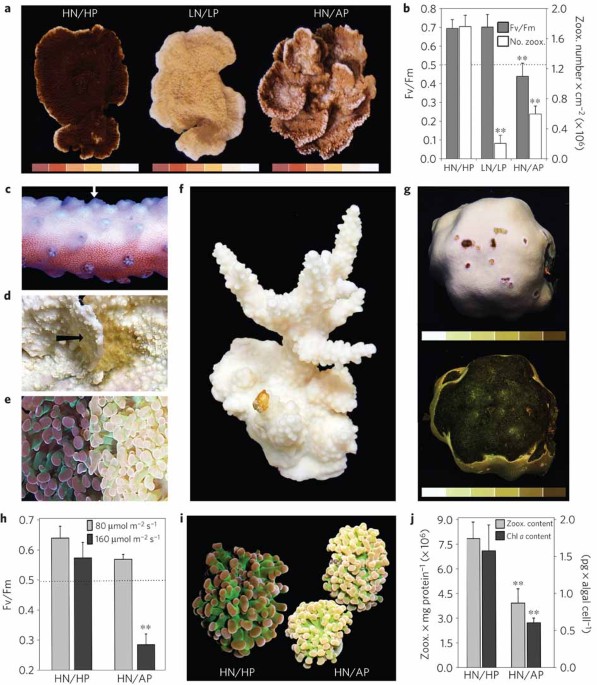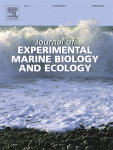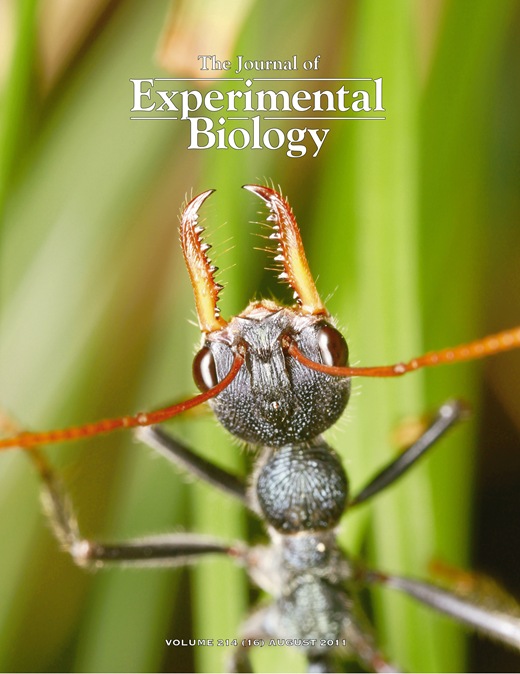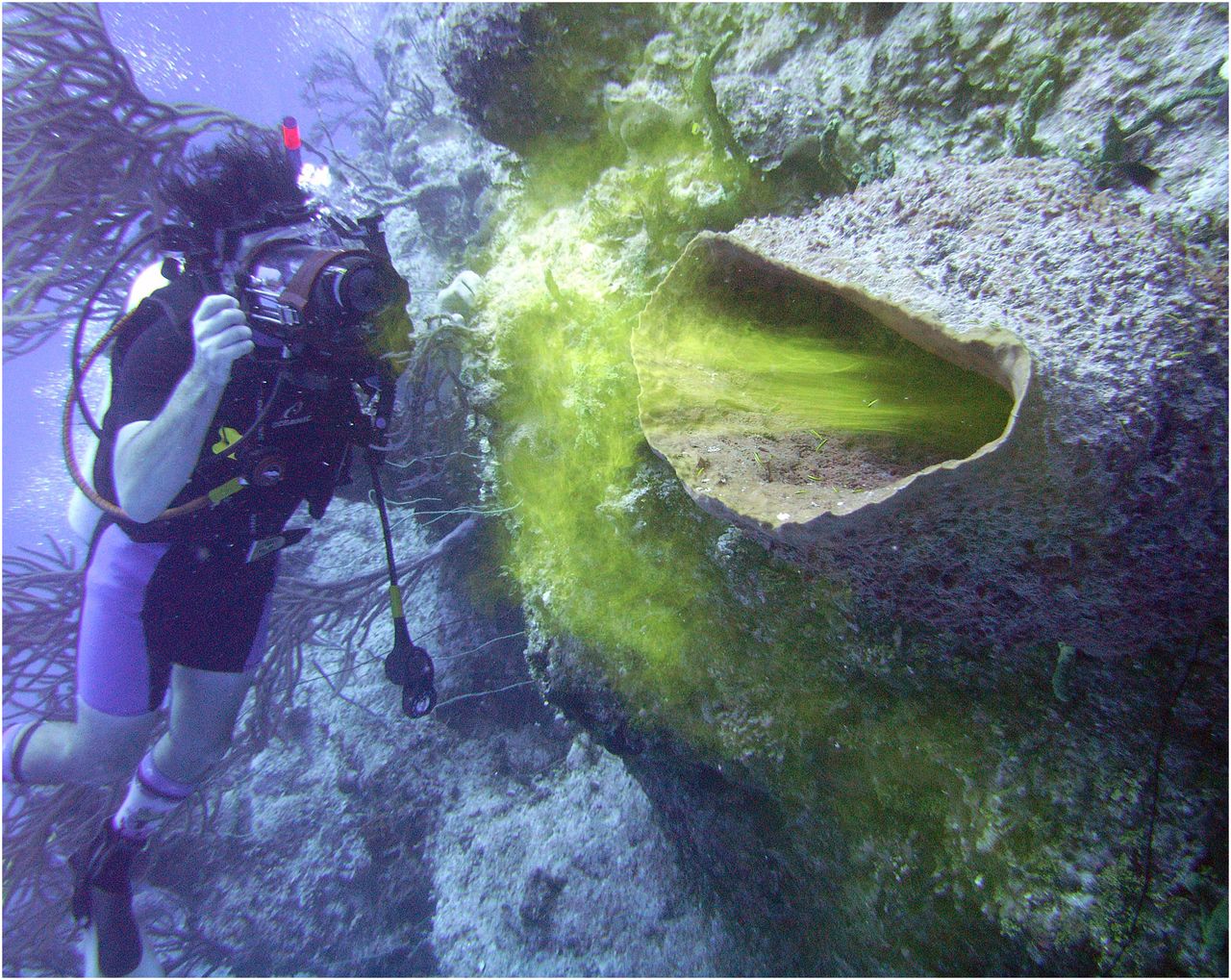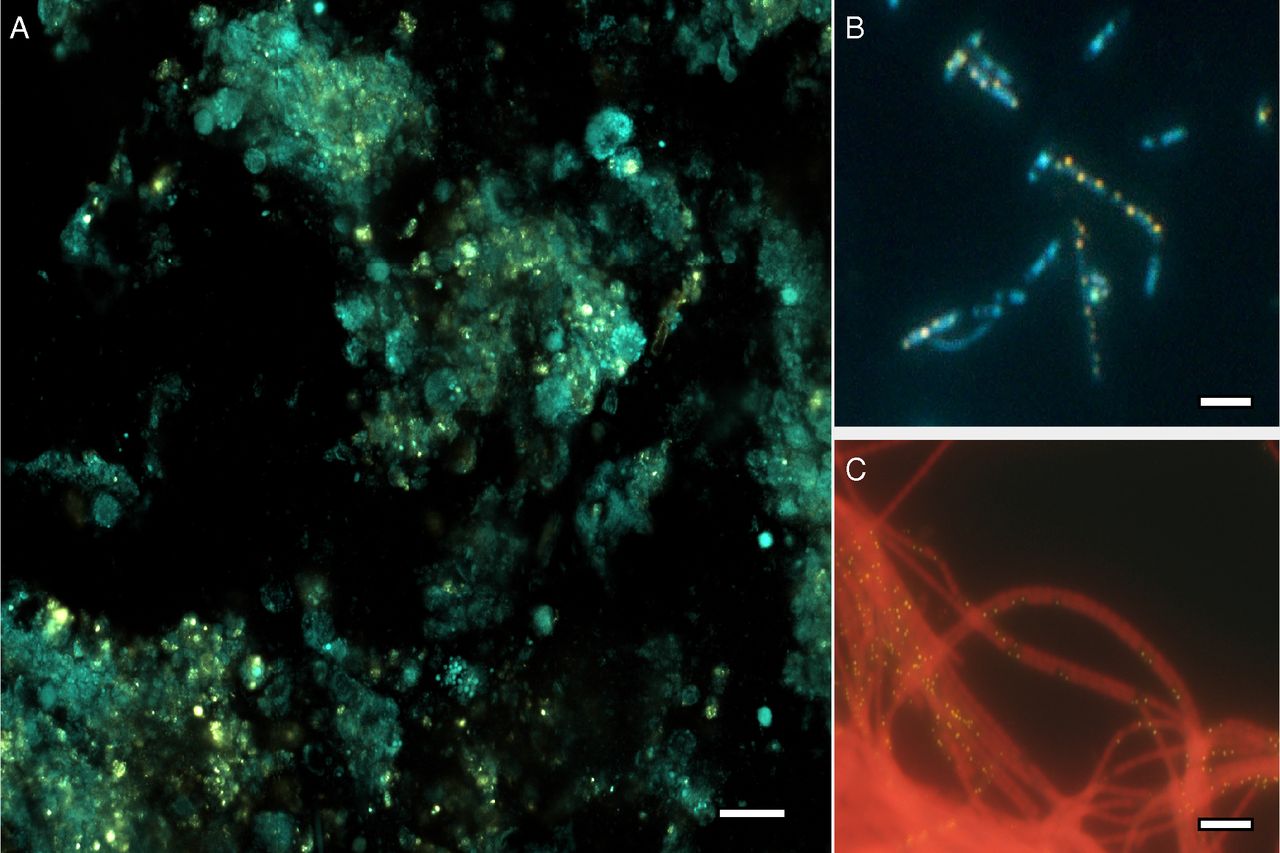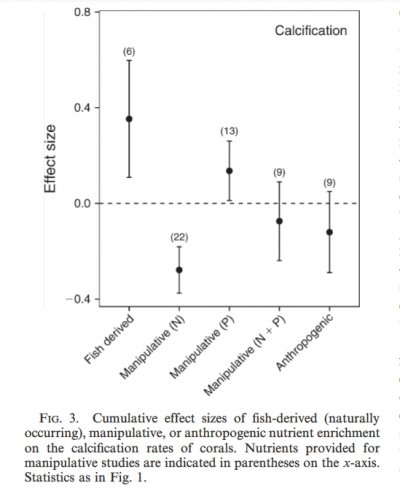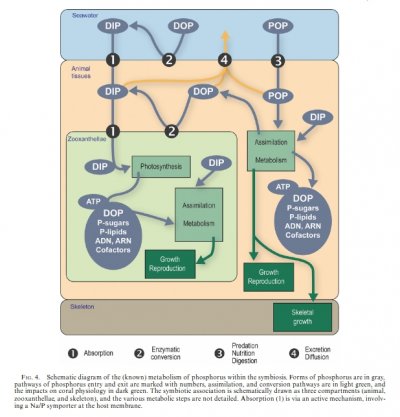- Joined
- Apr 6, 2020
- Messages
- 156
- Reaction score
- 73
So I’ve had high phosphates due to a faulty Red Sea test kit and now with a Hanna phosphorus checker I’ve been testing daily and changing rowaphos as it starts to go up and can keep It bewtween 12-20ppb. My nitrates have always been really low I use Red Sea and have had my lfs test and it’s below 1 it’s clear looking thru the top but there’s the faintest shade of pink when I look thru the side. I was wondering if increasing my nitrates would be healthier for the tank and I’ve been reading it could help with phosphates lowering







